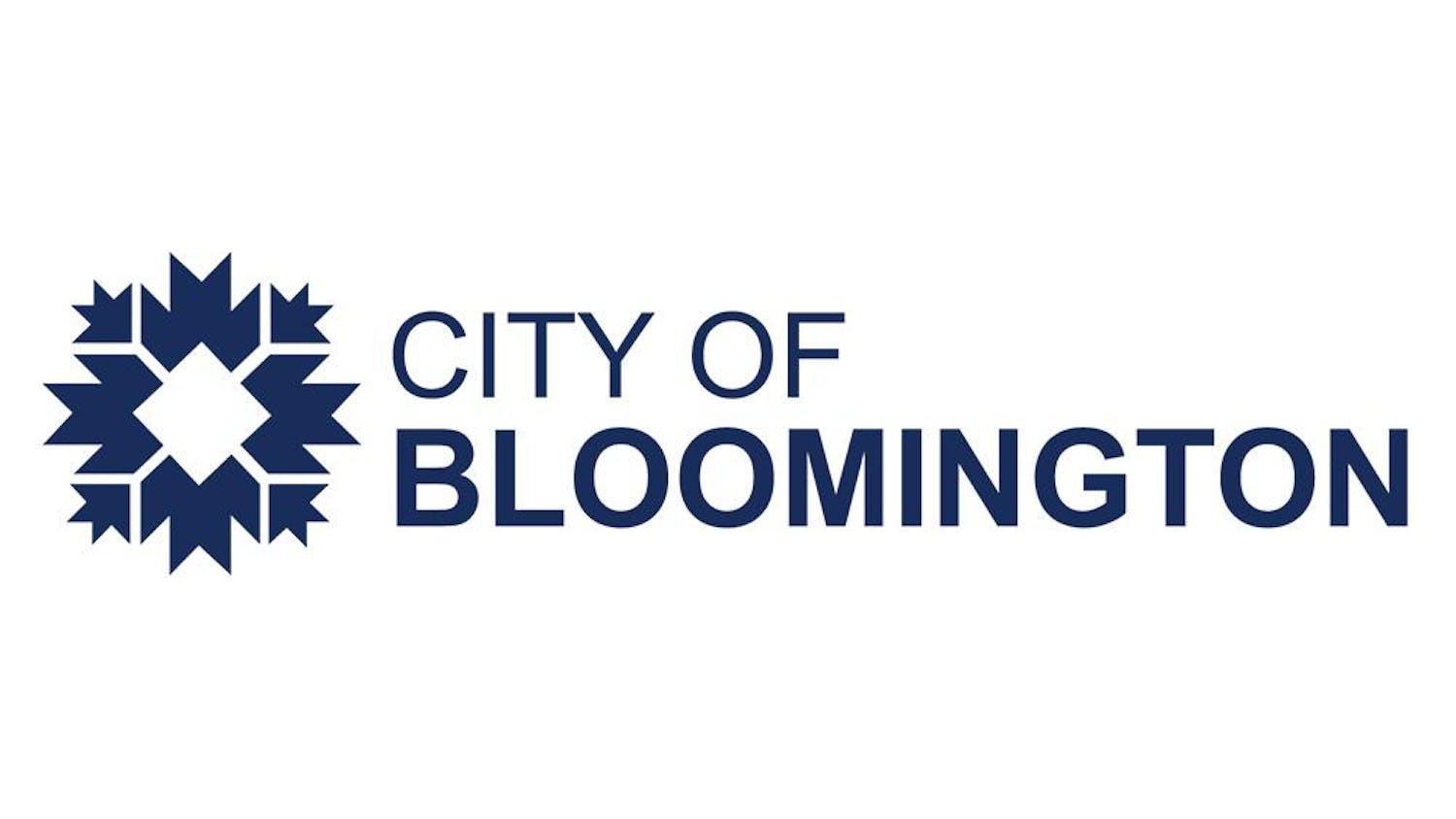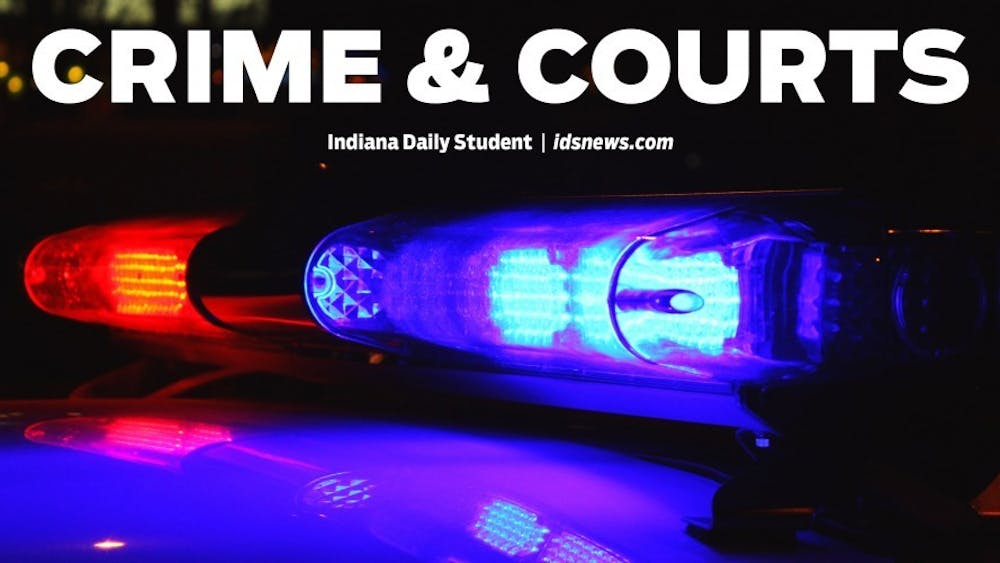Correspondence regarding Indiana's time zone debate continues to arrive at the Department of Transportation office in Washington, D.C., as Hoosiers speak their minds about Indiana time. More than 940 correspondences currently exist at the DOT concerning docket number 22114, the number assigned to the time debate in Indiana. All pertain to 77 counties' time zones -- Central or Eastern. \nA deadline to file for time zone changes with the DOT passed in September with 17 of these 77 counties in the state asking for a switch. Fountain and Benton counties had requested a change only to later withdraw their requests. \nThese 17 counties received the DOT's initial response to their request Oct. 25. Bill Mosely, a public affairs specialist with the DOT, said if the requests were found to have merit, hearings would be issued and the DOT would then proceed in making a recommendation. On Oct. 25, the DOT announced it found five of these counties' requests to have merit, while also announcing the department thought the other 12 counties requesting a change should remain on Eastern time, though no final decisions have been made yet. Hearings will now take place in November in Jasper, Ind., Logansport, Ind., South Bend and Terre Haute, and from these hearings, the DOT will make a recommendation. It is during these hearings that counties will have a chance to present their evidence in support of or against a time zone change, and it's still possible that all requests could be honored. Regarding what the DOT considers pertinent to the requests, Mosely said, "the law that the DOT operates under is that decisions made in reference to time should suit the conveniences of commerce." \nHe also said this is interpreted broadly and that the department also takes into consideration the effects on the community -- from health care to transportation to school systems -- when making its final decisions. \nThe arguments for Eastern and Central time vary across the spectrum. Drive-in movie theater owners want the earlier start times that can be achieved through Central time, while people who want to read books outside late at night say this is achievable through Eastern time. \nThe Indiana Chamber of Commerce said it believes Eastern daylight-saving time is best for the majority of the state and wants to keep the boundaries as they are. In its letter to the DOT dated June 7, it noted that the Eastern time zone accounts for 39 percent of Indiana's exports and more than half its imports. \nJeff Sagarin, an IU alumnus, long-time advocate for Central Time and renowned sports statistician, said this argument holds no validity. \n"The Indiana Chamber of Commerce keeps thinking that their data proves we should be in Eastern by the fact that 39 percent of our out-of-state exports go to Eastern time," Sagarin said. "They must be totally ignorant of the simple arithmetic that says in response that 61 percent of our out-of-state exports must be going to the Central time, Mountain time and Pacific time zones."\nRegarding how many exports go to the Central time zone, Brian Bergsma of the Indiana Chamber of Commerce said in an e-mail that 25 percent of the state's exports go to the Central time zone.\n"We stand by our figures and believe that Indiana does a predominant amount of business with the Eastern time zone as compared to any other single time zone," Bergsma said. \nProponents of Eastern time also say that the increased daylight in the summertime will result in reduced energy bills for Hoosiers. \nGerald Torr, a state representative from Carmel and sponsor of Senate Bill 127 which led to the time zone debate, said in an e-mail the reasons for Eastern daylight-saving time are compelling.\n"The value of daylight-saving time is in reduced energy use, lower crime rates and fewer accidents," he said. "If we stay on Eastern time and observe DST, nothing changes in the winter, but in the summer we benefit from these advantages of DST."\nIris Kiesling, the Monroe County commissioner who voted against Monroe County's decision to follow Marion County and Eastern daylight time, said she isn't so sure about this argument.\n"Somebody needs to do a study somewhere along the line and see if we really save money on daylight time," Kiesling said. "I don't see it." The DOT completed studies using limited data from a two-year experiment of extended daylight savings during the 1970s oil embargo. But these studies are now more than 30 years old and have had their validity questioned in a 2001 congressional testimony. \nDan Knudsen, a professor of geography at IU, said this is the perfect chance for the state to get where it belongs from the sun's vantage point.\n"This is a great opportunity to get into the Central time zone from solar time and where we ought to be. Frankly, people are not going to notice it more," Knudsen said.\nBased on the DOT's "convenience of commerce" test and recommendations, it is likely that science and the sun will lose out in favor of commerce and industry. To Kiesling, this also means school children will lose out. \n"Kids are going to school in the dark right now and will continue to do so," Kiesling said.\nThis problem could be alleviated by moving the state to the Central time zone, its original and natural time zone, Knudsen said.\n"Even before we knew how to tell time, we knew when the sun was at the highest point in the sky -- we sort of thought as that as a special time," Knudsen said. "I think we want to try to preserve that primordial feeling."\n-- In the fourth and final part of this series, we'll examine the realities of living in a time zone frontier and what Hoosiers switching time zones could be in for.
Businesses argue Eastern time makes sense
Part III: Central time could affect local industries
Get stories like this in your inbox
Subscribe





